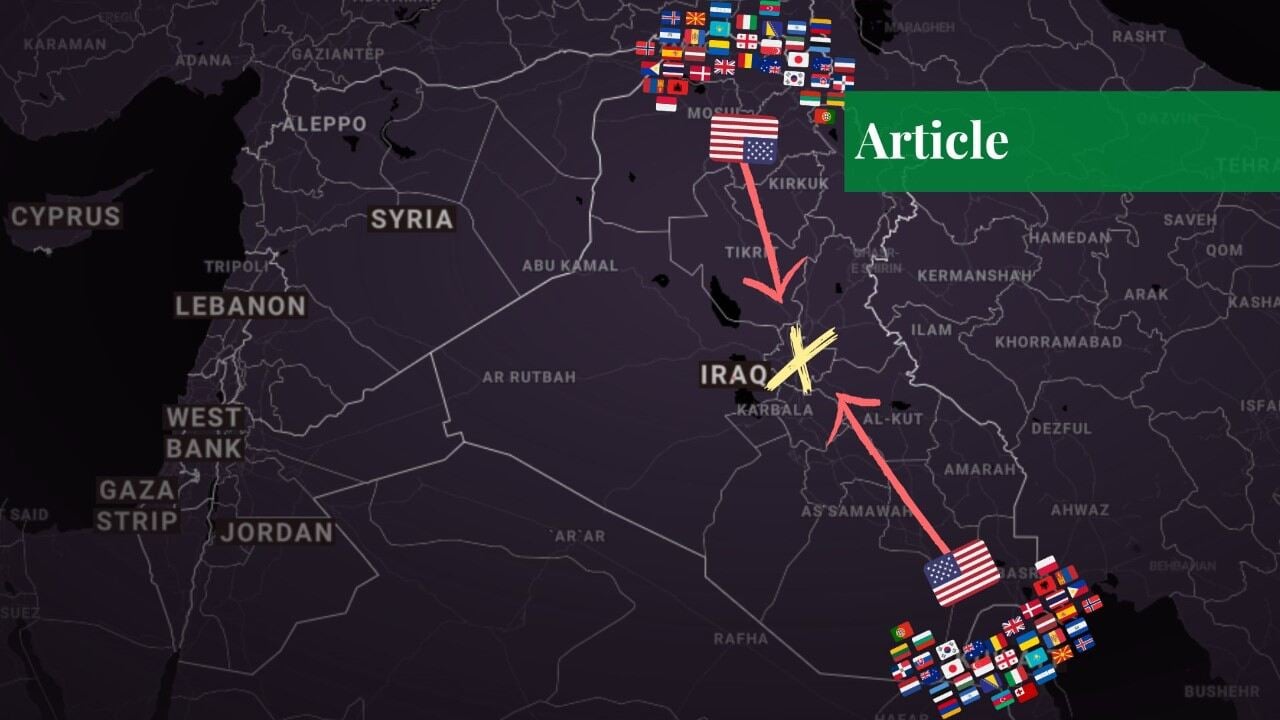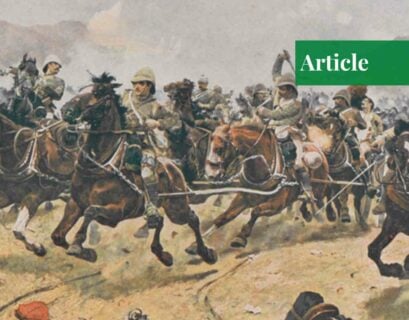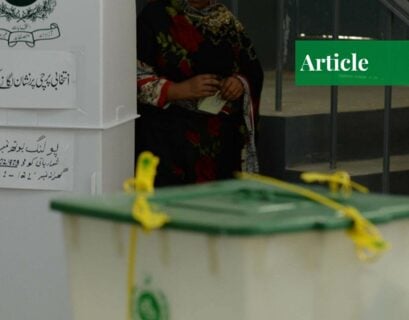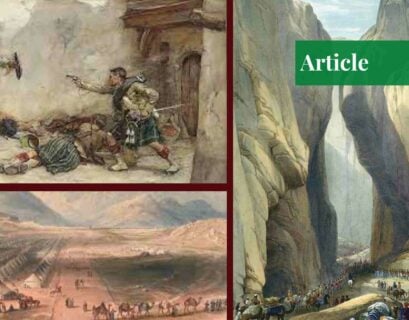First Phase of the Persian Gulf War
It was rumored in the early 2000s that Iraq was still in possession of weapons of mass destruction (WMD). This was a violation of the UNSC resolution which was signed as a ceasefire. In his televised address, President Bush remarked, “At this hour, American and coalition forces are in the early stages of a military operation to disarm Iraq, to free its people, and to defend the world from grave danger.” Therefore, on March 19, 2003, the United States initiated the Second Persian Gulf War.
Iraq’s Response to the Claims
President Hussein neither concurred nor disagreed with the claims. He responded to the claims in the form of declaring war. He remarked in his speech in 2003, “It is without a doubt that the faithful will be victorious against aggression.” Nevertheless, his forces were not able to defend themselves against the coalition forces.
Even when the US was able to capture Iraq’s major cities, President Saddam Hussein refused to leave Iraq. The coalition forces launched offensive attacks on Iraq’s vital military points. They dropped precision-guided bombs on a bunker where it was presumed President Hussein was meeting with his army staff.
End of the First Phase
It is noteworthy to point out that most Iraqi army personnel did not choose to defend themselves and just surrendered to the coalition army. President Bush decided to end the combat operation on May 1, 2003. President Hussein was found guilty of crimes against humanity and was given a death sentence; he was executed in 2006.
After the former president was ousted, a new interim government was formed and in 2005, the new government was elected. Nouri al-Maliki became the new Prime Minister in 2006. A new constitution was formulated and ratified as well. However, the weapons of mass destruction that were under Iraq’s possession as President Bush had claimed, were not found in Iraq.
Second Phase of the Iraq War
After the execution of President Hussein, Iraq witnessed what is known as the “surge” in 2007. President Bush deployed forty thousand troops to Iraq to cater to the increasing violence in the country. The American President called this his way of bringing political stability in Baghdad by tackling insurgencies.
Anbar Awakening
The Iraqi warlords too were actively assisting the United States against the insurgencies. The Sunnis started working with the Americans after the violence increased against them, but these Sunnis were formerly a part of prior insurgencies. This was known as the Anbar Awakening in the second phase of the Iraq War as it started in Anbar. General David H. Petraeus was accredited with the tactic of manipulating the Sunnis against the Shias and the al-Qaeda in Iraq.
US Withdrawal from Iraq
In 2008, the US-Iraqi agreement concluded which prompted the withdrawal of the US military from Iraq. This agreement was signed by the Bush Administration but was completed in the term of President Barrack Obama. However, it was not until 2011, that the American military completely withdrew from Iraq. By the end of 2010, only 50,000 American Soldiers remained as transitory, but by the end of 2011, Iraq was free from U.S. intervention.
Implications of the Second Gulf War
The war greatly impacted Iraq for they were deprived of self-rule; sectarian violence increased and Iraqis suffered from the violence that the US had perpetrated. Moreover, it was highlighted that Iraqis were victimized due to a claim which was never proven by the US.
The continued occupation defamed the Bush administration as they never proved that the weapons of mass destruction even existed in Iraq. On the contrary, the patrons of the invasion blamed it on President Hussein as he did not speak against the false accusations.
If you want to submit your articles and/or research papers, please check the Submissions page.
The views and opinions expressed in this article/paper are the author’s own and do not necessarily reflect the editorial position of Paradigm Shift.



















